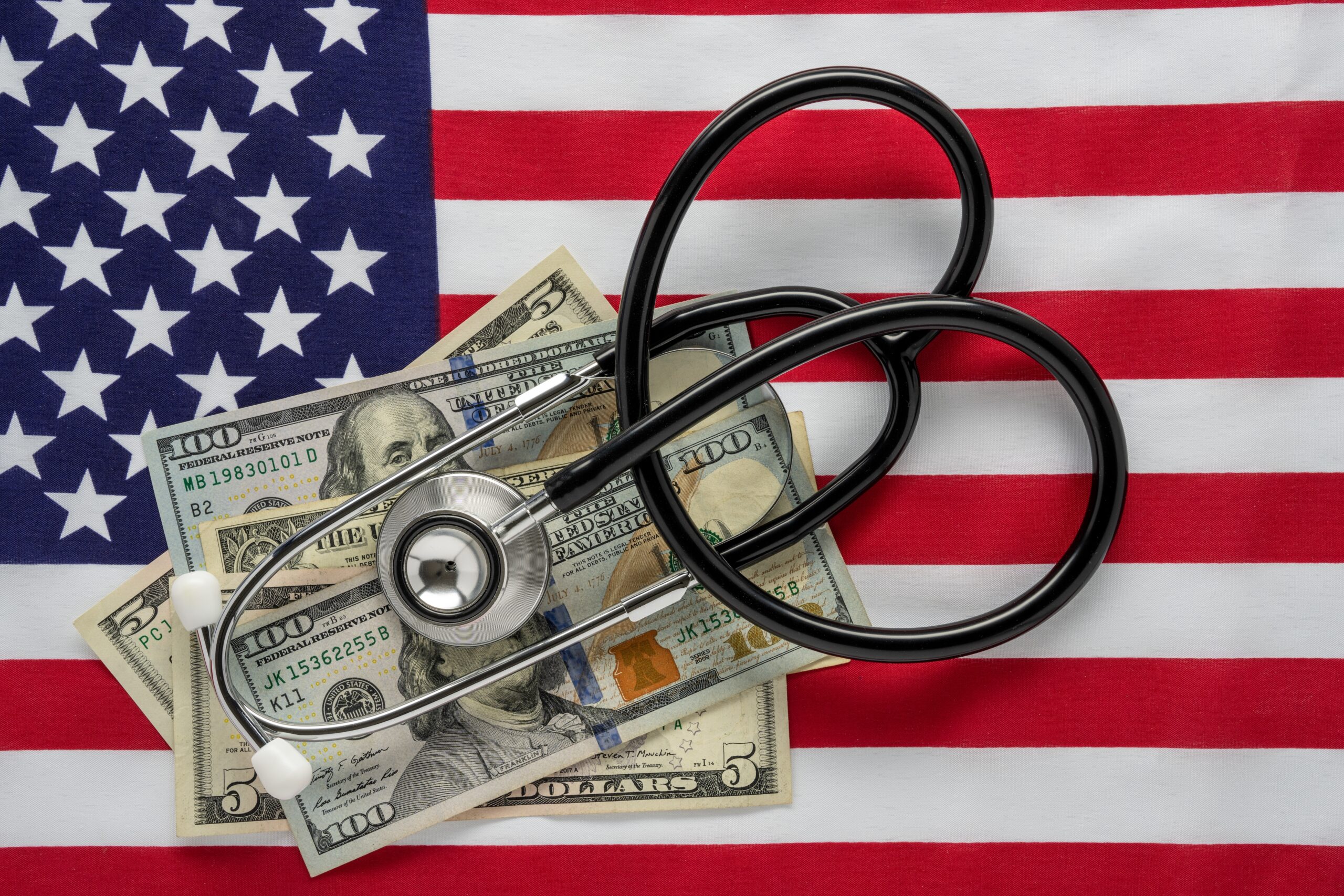Picture this: You’re 65, ready to retire, and suddenly faced with a medical bill so massive it could make a Kardashian blush—$172,500! How did we get here, and what can you do about it?
At a Glance
- Fidelity estimates retirees need $172,500 for healthcare costs.
- Medicare coverage gaps necessitate supplemental planning.
- 17% of retirees have not planned for healthcare expenses.
- Healthcare costs are rising faster than general inflation.
The Sticker Shock of Retirement Healthcare Costs
Fidelity Investments has dropped a bombshell: retirees need an average of $172,500 to cover healthcare expenses. This figure is enough to make any retiree’s blood pressure spike, especially considering it excludes costs like long-term care, dental, and vision. This isn’t Monopoly money—these are real costs for those enrolled in Medicare Parts A, B, and D. Fidelity’s estimate is based on actual out-of-pocket expenses, not some hypothetical scenario dreamed up in a corporate boardroom.
Retirees face staggering 6-figure health care bill when leaving the workforce https://t.co/KUBCPFdTaz
— FOX Business (@FoxBusiness) July 30, 2025
Since 2002, when Fidelity first estimated a retiree’s medical expenses at $80,000, costs have steadily climbed. Medicare, the trusty steed many rely on, unfortunately leaves significant gaps, which are about as comforting as a pair of flip-flops in a snowstorm. The annual updates serve as a resounding wake-up call for retirees and those inching closer to the golden years.
Medicare’s Coverage Gaps: A Hole in the Safety Net
Medicare is like that old reliable car you just can’t part with—it gets you from A to B, but don’t expect any luxury features. The reality is Medicare doesn’t cover everything. Picture this: You have a toothache. Medicare shrugs and says, “Not my department.” Want to see clearly with new glasses? Medicare looks the other way. And let’s not even talk about the costs of long-term care.
The Fidelity report highlights that 17% of retirees have yet to plan for these inevitable expenses. Another 20% have never even considered them. It’s like planning a road trip across the country without checking if you have enough gas. It’s not just risky; it’s downright reckless.
Watch: Fidelity Investments: retirees need an average of $172,500
Planning Ahead: Avoiding Retirement Roulette
So, how do you avoid becoming the poster child for retirement healthcare disasters? The key is early and comprehensive planning. This isn’t just about stashing away pennies in a jar—it involves strategic financial maneuvering. Engaging with financial advisors, exploring supplemental insurance options, and considering Health Savings Accounts (HSAs) are not just good ideas—they’re essential.









